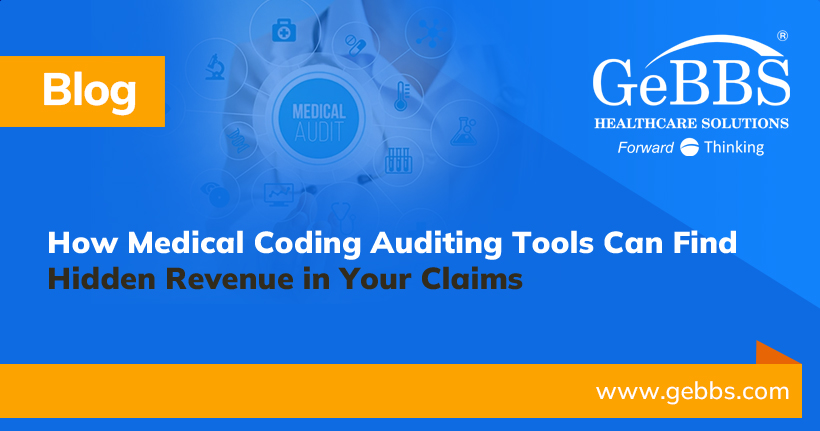Risk Adjustment programs are here to stay as we move into a value-based world. With reimbursement for health plans and providers tied to these programs, ensuring they are lean, efficient, and providing ROI is a top priority. With that said, Risk Adjustment coding is no easy process with all the unstructured content found in electronic medical records. Historically, mounds of data, manual processes, and coders have made Risk Adjustment a very tedious and time-consuming process.
As technology continues to advance – new tools are making the process more efficient. Natural language processing (NLP) is an emerging branch of computer science and artificial intelligence (AI) that helps computers understand and process text the way people do. In healthcare, NLP can extract key data from large volumes of structured and unstructured text in electronic medical records – in almost no time and can also significantly help improve accuracy and efficiency for Risk Adjustment coding.
AI and machine learning can now process charts with higher specificity, and the technology can better understand context, make correlations, and refine data extractions. For example, NLP recognizes ICD-10 codes and information on their meaning and relationship. It can also increase correct code capture count – improving productivity. When NLP is used with coder intervention for the first level review, it can often reduce the need for multi-level review.
With all these improvements, NLP is lowering coding costs per chart and reducing the time it takes from chart retrieval to the final output of data. But still, many organizations aren’t using NLP to its fullest potential – it’s often saved for niche jobs such as 2nd-level reviews (over-reads). Today’s NLP technologies can do more. Here are just a few examples of other ways organizations can improve Risk Adjustment coding processes using NLP.
For Risk Adjustment Factor Management – Using NLP to help review members’ risk-adjustment factor scores allows payers to better manage revenue targets, but more importantly, it also provides detailed provider education to ensure members are receiving the proper treatment and care.
For Guiding Ongoing Improvement Efforts – NLP can provide visibility into documentation trends by provider, specialty, or at a global level. Identifying coding patterns can help drive CDI strategies, leading to greater efficiencies over time.
For Accuracy – Finally, NLP can support auditing and coding accuracy review processes. For 2nd-level reviews, NLP can help identify new conditions, inaccurate codes, and gaps in documentation. Using a combination of NLP and human processes, coders can help organizations achieve greater productivity and accuracy at a lower cost.
After years of testing and refining, NLP has demonstrated its value in the world of Risk Adjustment coding. It has been proven to improve coder productivity and quality.
Workflows powered by advanced NLP technology can help organizations make the most of their Risk Adjustment programs – an investment that’s certain to pay off as we continue the shift away from a fee-for-service model toward value-based models of care.
To learn more about how NLP can be leveraged beyond just a 2nd level review visit: www.gebbs.com or Request a Consultation






